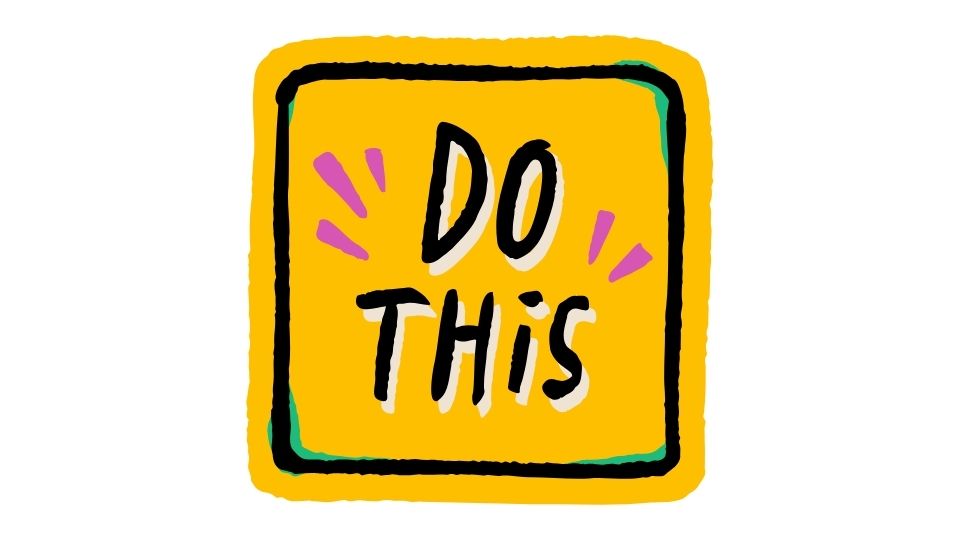Ever wondered why your stomach seems to hate that delicious burrito you had for lunch?
Tracking what you eat might be the key to solving your digestive mysteries. Without a food journal, connecting what you ate on Tuesday to Wednesday’s bathroom adventures is like trying to remember what you wore three Thursdays ago — nearly impossible.
Let’s dive into how meal tracking can transform your gut health, what tools make it easier, and how to actually stick with it (because we all know how those New Year’s resolutions usually go).

Why Tracking Your Meals Matters for Your Gut
Your digestive system is basically keeping a scorecard of everything you eat — but unless you’re tracking, you’re missing all the signals. Research shows that consistent food tracking helps you:
- Identify trigger foods that cause bloating, gas, or worse
- See connections between your diet and bowel movements (yeah, we’re going there)
- Understand how meal timing affects your comfort
- Notice patterns between stress levels and digestive symptoms
As one study in the Journal of Gastroenterology found, patients who tracked their food intake for just two weeks were able to identify triggers for their IBS symptoms that they’d never noticed before.
Think about it: your doctor asks what you’ve been eating and you say “pretty healthy” — but what does that actually mean? Without tracking, you’re basically guessing.
How to Track Meals Without Losing Your Mind

There’s a right way and a wrong way to track your meals for digestive health. Here’s how to do it effectively:
1. Be consistent (but realistic)
Don’t try to track forever. That’s a recipe for burnout. Instead, try the “three-days-on, three-days-off” approach. This gives you meaningful data without making tracking your second job.
2. Track more than just food
Your digestive system doesn’t exist in isolation. Record:
- What you ate and drank
- Symptoms (bloating, pain, bathroom visits)
- Sleep quality
- Stress levels
- Exercise
According to researchers at Harvard Medical School, stress can trigger gut symptoms even when your diet hasn’t changed. That’s why tracking your mental state matters too.
3. Use photos for accuracy
Our memories are terrible. Was that sandwich yesterday or the day before? Did it have cheese?
Taking quick pics of everything you eat creates a visual record that’s way more reliable than your memory. Plus, some apps can now analyze those photos to help identify patterns.
4. Track symptoms consistently
Rate your digestive comfort on a scale (1-5 works great) or use the Bristol Stool Chart to describe bowel movements consistently. It might seem gross, but this data is gold for identifying patterns.
Best Apps for Tracking Digestive Health

| App | What Makes It Great | Perfect For |
|---|---|---|
| MealByMeal | Text-based tracking (just message what you ate) | People who hate opening apps |
| Cara Care | Tracks food, stress, poop & pain | IBS sufferers |
| mySymptoms | Powerful food-symptom correlation | Finding hidden triggers |
| Bowelle | Super simple IBS tracking | Beginners |
Why MealByMeal Works So Well
I’m particularly impressed with MealByMeal’s approach because it eliminates the biggest barrier to consistent tracking: friction.
Instead of opening an app, searching a database, and clicking through menus, you just text what you ate. It’s like having a food diary you can talk to.
For example: “Had eggs, toast with butter, and coffee with cream for breakfast”
The app handles converting that to calories and macros, which is important since both the quantity and types of food affect digestion.
Making Meal Tracking Work For Your Gut Health

Here’s my advice after researching this topic extensively:
Start simple. Track just meals and basic symptoms for the first week.
Be patient. Some digestive patterns take weeks to emerge. Don’t expect immediate answers.
Look for delayed reactions. Some food sensitivities show up 24-48 hours later, which is why tracking over time is so valuable.
Share with your doctor. According to gastroenterology experts at Mayo Clinic, food journals provide crucial information that helps with accurate diagnosis.
Don’t self-diagnose. Use your tracking to have better conversations with healthcare providers, not to diagnose yourself with conditions you read about online.
The Bottom Line

Tracking your meals isn’t just for fitness buffs counting calories. For anyone with digestive issues, it’s like having a detective gathering clues about what makes your gut happy or angry.
The best tracking method is the one you’ll actually stick with. Whether that’s texting your meals to MealByMeal, snapping food photos, or using a specialized symptom tracker, the key is consistency.
Give it at least two weeks before looking for patterns. Your gut is trying to tell you something—tracking helps you finally understand what it’s saying.




Leave a Reply